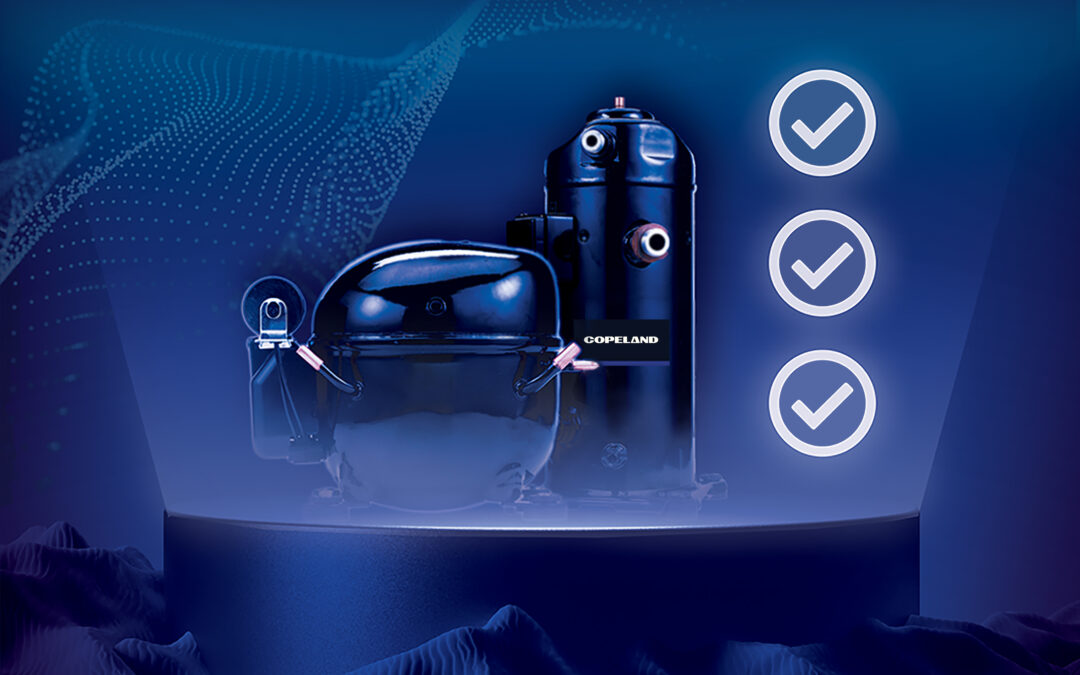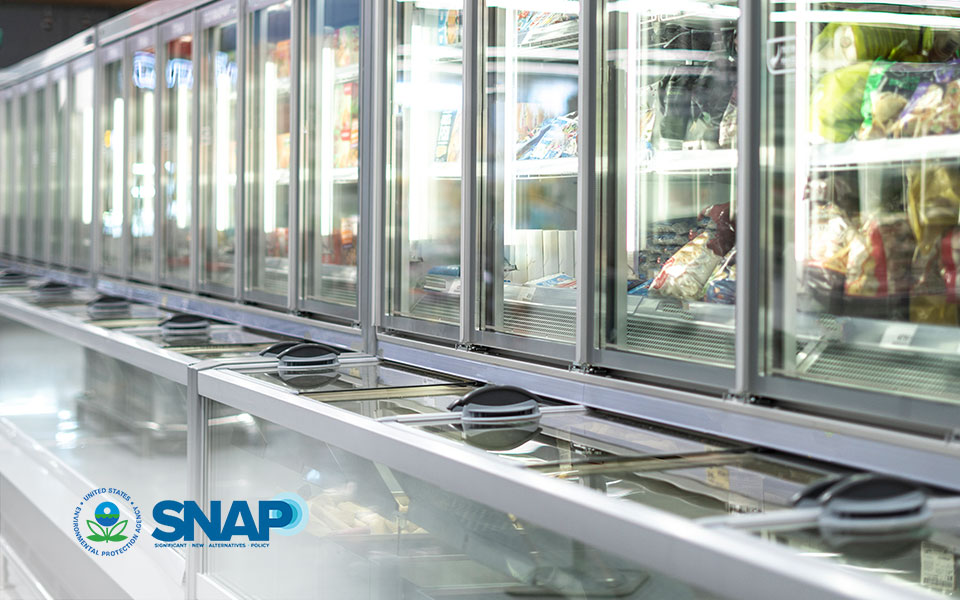Proposed EPA SNAP rule 23 addresses A2L, HFO refrigerant use

*On June 1, 2023 Emerson’s Climate Technologies business became a new standalone company – Copeland. Though our name has changed, we are building on more than a century of HVACR innovation and industry leadership, and Copeland continues to offer the same products, industry stewardship, and learning opportunities you’ve grown to trust. Information found on this webpage posted before June 1, 2023 may contain our old name or branding, but you can be at ease knowing it was created with the knowledge and expertise of Copeland.
In May, the Environmental Protection Agency (EPA) pre-published Rule 23 of its Significant New Alternatives Program (SNAP), which proposed approving (or listing) multiple substitute refrigerants for commercial refrigeration and air conditioning equipment. Overall, the HVACR industry was pleased to see the EPA actively evaluating the use of lower-global warming potential (GWP) refrigerants, although many stakeholders have sought clarifications on several aspects of the proposal. I recently provided Emerson’s perspective on the proposed SNAP Rule 23 for an article that was published in ACHR The NEWS.

Per normal rulemaking protocols, the EPA accepted public comments on the proposed rule to give equipment manufacturers and industry associations opportunities to submit their thoughts and concerns. Like many industry stakeholders, Emerson expressed our appreciation to the EPA for once again approving new low-GWP refrigerants. As I stated in the article, the HVACR industry relies on federal guidance to provide regulatory consistency across the U.S. — rather than allowing states to assume that role — and SNAP Rule 23 is a continuation of the EPA’s efforts to provide that much-needed guidance.
New A2L listings for AC applications
The SNAP Rule 23 proposal lists several mildly flammable (A2L) refrigerants, including R-454B and R-32, as acceptable, subject to use conditions in new residential and light commercial air conditioners and heat pumps. Other A2Ls listed as acceptable in these applications include: R-452B, R-454A, R-454C and R-457A. The rule also lists R-32 as acceptable, subject to use conditions for new self-contained air conditioners that are typically used for comfort-cooling applications (e.g., rooftop units, water-source heat pumps and ground-source heat pumps) and split systems.
For industry stakeholders, this proposal is an indication that the EPA is likely to move towards approving A2L refrigerants in comfort-cooling applications where applicable safety standards — developed by the Underwriters Laboratory (UL) and the American Society of Heating, Refrigeration and Air-Conditioning Engineers (ASHRAE) — are now in place to govern the safe use of A2Ls in these applications. As the development of A2L safety standards for commercial refrigeration is still ongoing, it is important to remember that the SNAP Rule 23 proposal does not yet include recommendations for the use of A2Ls in commercial refrigeration.
With respect to A2Ls, Emerson and other industry stakeholders questioned why the SNAP Rule 23 proposal did not also recommend these newly approved refrigerants for use in positive displacement chillers. From Emerson’s perspective, we welcome new low-GWP options for residential and light commercial air conditioning applications and would like to see substitutes such as A2L refrigerants used to replace R-410A for positive displacement chillers.
Narrowed use of R-448A and R-449A in commercial refrigeration
In terms of Emerson’s other concerns on the SNAP Rule 23 proposal, we are seeking clarification on the narrowed use limits placed on R-448A, R-449A and R-449B in stand-alone, medium-temperature commercial refrigeration units. Today, these hydrofluoroolefin (HFO) refrigerants are used broadly across many applications and provide the flexibility to meet various design requirements. It is our hope that we could potentially remove unnecessary restrictions and/or simplify the guidelines for using these refrigerants within these applications.
Other prominent stakeholders also objected to the EPA’s proposed use limits of these HFO refrigerants, noting that they impose an unnecessary burden on the industry’s transition away from high-GWP refrigerants. R-448A, R449A and R-449B have already been listed as acceptable without these limitations in many types of applications, including: low-temperature, stand-alone equipment; remote condensing units; supermarket systems; and cold storage warehouses.
Overall, Emerson sees the SNAP Rule 23 proposal as a positive step in the right direction for both the EPA and our industry. Considering the global initiative to phase down higher-GWP, hydrofluorocarbon (HFC) refrigerants, the approval of new lower-GWP alternatives will give manufacturers the confidence to move forward with plans to integrate these approved refrigerants into their product development lifecycles.

A2L refrigerant regulation updates: what you need to know today
by Jennifer Butsch | Efficiency & Refrigerant Regulations
Preparing for the approval and safe use of A2Ls in commercial refrigeration applications The move...

Address Efficiency Mandates with Compression Technologies
by Joe Summers | Efficiency & Refrigerant Regulations
Strategies for complying with DOE and ENERGY STAR® in self-contained and remote condensing units...

EPA SNAP Rule 26 Approves, Modifies Use Conditions for A2L and A3 Refrigerants
by Jennifer Butsch | Efficiency & Refrigerant Regulations
On May 28, the Environmental Protection Agency (EPA) pre-published its Significant New...
The post Proposed EPA SNAP Rule 23 Addresses A2L, HFO Refrigerant Use appeared first on Copeland.